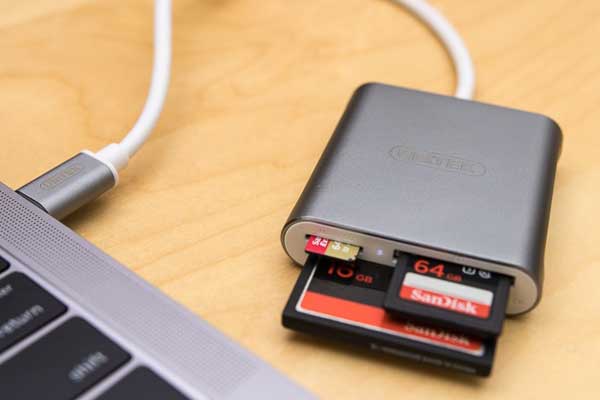SD cards and Pendrives are the smallest storage device ever made to store and transfer files from one device to another. However, recently, many Android users reported that they were unable to format their SD cards.
Well, it’s a very annoying thing, and it happens very often, especially for all of you that deal with removable drives, flash drives, cameras, and sd cards.
However, when dealing with a faulty SD card or any storage device, the first solution that comes to our mind is to format it. But, guess what? It doesn’t work, and it drives you crazy.
Well, talking about the primary reason behind this problem, then you may have read-only authentication. Therefore, to fix this, you have to change to write permission. So, how you’ll do this? Let’s find out.
Also Read: How to Format SD Card Using CMD Windows 10/8/7
List of Best Ways to Fix Android is Unable to Format SD Card Problem
There are many methods that you can use to fix this error. But, here we will discuss the easiest and the best ones. So, make sure to follow them carefully as one wrong step results in losing your valuable data.
#1. Reboot Your Android Smartphone
This is the first method that you need to follow to fix your SD card. Sometimes, just due to random glitches or bugs, your phone’s system fails to read it and make changes to it. So, when we reboot our system, it will be fixed if you are unable to format the SD card on your Android device.
#2. Check Memory Card Using Computer

However, if it is not showing on your PC, it is a sign that your SD card might get damaged, and now it will not work anymore.
#3. Allow to Write
It is another reason behind this error, as we have already stated in this guide. Also, if your SD card writes protection is enabled, you cannot transfer or receive any data with other devices. So, to remove this, you need to follow the steps mentioned below:
- Firstly, connect your SD card to your Windows PC properly, either with the help of your phone or a card reader.
- Now, run the command prompt and use the command Diskpart. Then, hit the enter key.
- After that, use the command list disk and hit the enter key.
- Now, the list of storage devices connected to your Windows PC appears. So, you can simply select your disk by using the command select disk 0 (use your disk placement number as 0 is, for example, here).
- That’s it. Now, simply type in attributes disk clear readonly and hit the enter key.
Once you follow all the steps successfully, type exit and close the command prompt. Now, you can see if you are now able to format your SD card or not.
#4. Use PC to Format
In case your PC reads your SD card, then the problem might be with your smartphone. So, instead of formatting it on your smartphone, you can use your PC to do so. Therefore, if you don’t know about formatting an SD card using a PC, follow the steps given below:
- Firstly, connect your SD card to your Windows PC properly, either with the help of your phone or a card reader.
- Now, go to My Computer and check if it is showing there or not. If so, then right-click on it and hit the Format option.
- After that, a format window will appear. You can select the File System to FAT32.
- Then, under the format options section, checkmark the Quick Format box and hit the OK button.
That’s it. Now, please wait for a while until it gets formatted completely. But, if it shows any error, this means your SD card gets damaged.
So, that’s all about fixing if you are unable to format SD Card in your android smartphone. We hope you understand the points that we were discussed here. However, you can use our comment section and ask us a question regarding this topic (if any).






